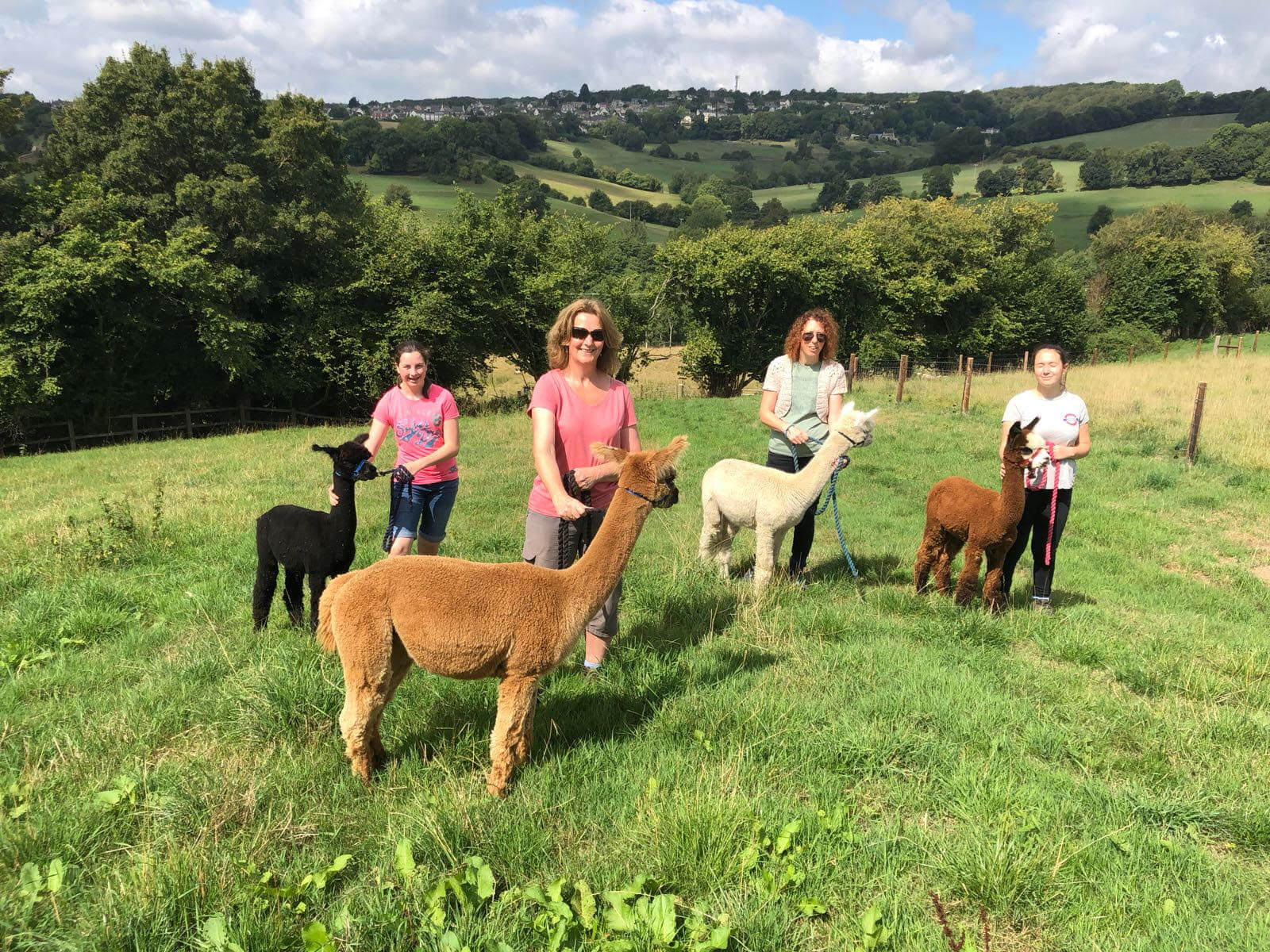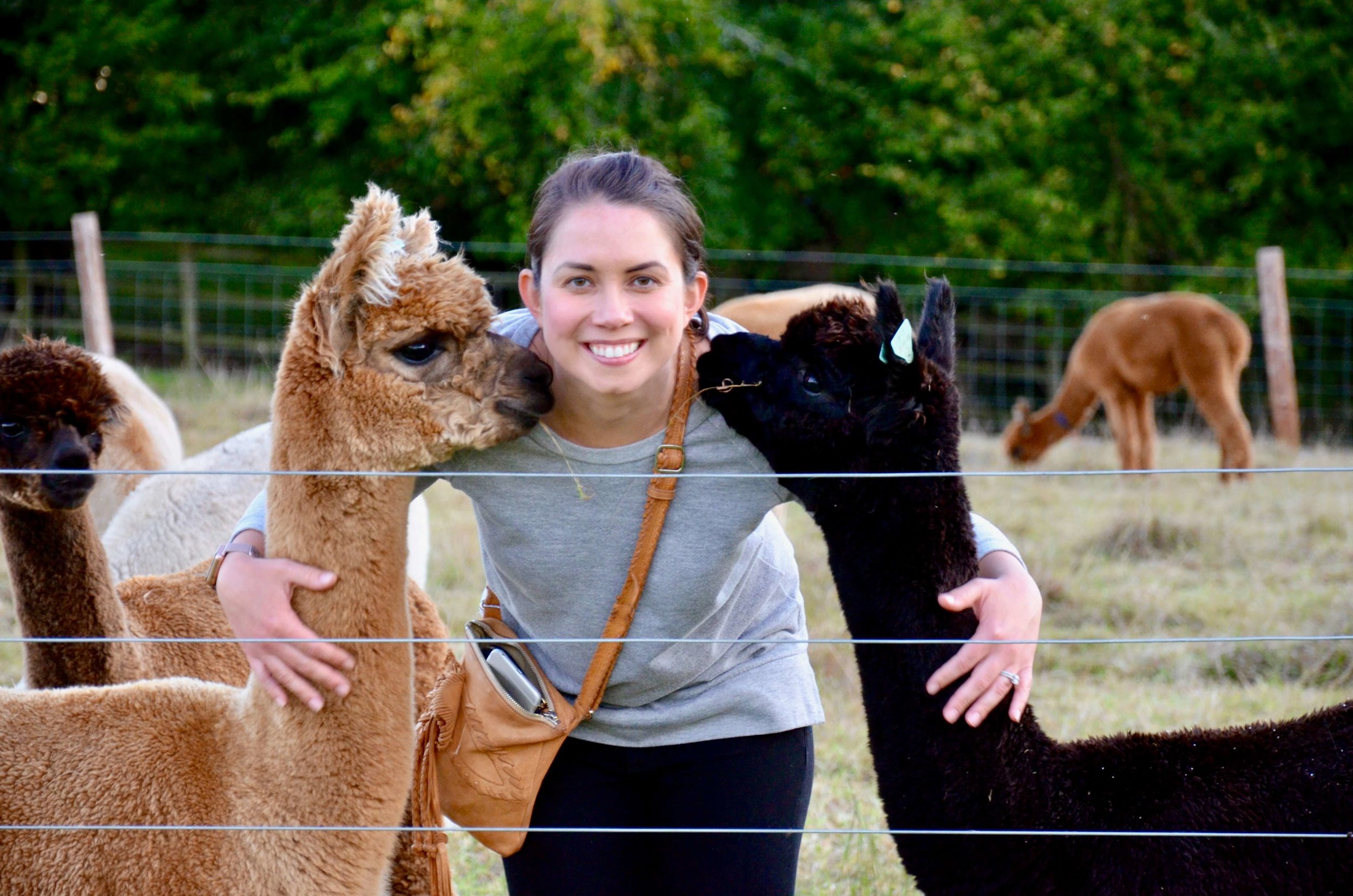about
Our story
WE ARE NOW CLOSED
Sadly, we have now sold the farm and the alpacas will shortly be going to thier new homes. Thank you for all your support over the years. Its been fantastic to see some of you enjoy the alpacas wonderful company.
If you have a voucher for walking that is unused, please do drop us an email we and will refund it.
My name is Ben Harford. I have lived in the Cotswolds all my life and began to breed alpacas some twenty ago. I fell in love with alpacas when I was looking for a more relaxed way of farming after I retired. I have specialised in breeding high quality coloured alpacas, especially black and grey. I own a range of smart stud males that I use for my own herd and for other breeders.
There are currently around 75 alpacas at Hammonds Farm, and I have a similar number in North America, which I hope to bring over to the UK soon. I enjoy pursuing various projects for processing the valuable fibre that my alpacas produce. And during the spring and summer months I show my prize alpacas and their fleeces on the British Alpaca Society show circuit.
We moved to Hammonds Farm three years ago, enabling me to continue my passion for alpacas. We have an extensive group of farm buildings surrounded by 100 acres of pasture land. The alpacas live on 25 acres, with the other fields being used to make hay, as well as being grazed by a small flock of rare breed sheep and a few horses. We have restored the 1854 farmhouse into a luxury Bed & Breakfast, which is run by our elder daughter, Bea.
THE FARM
Surrounding the Hammonds Farm Bed & Breakfast we have a working farm where you may meet any (or all) of the following:
ZWARTBLE SHEEP
We have a flock of around 30 sheep, mainly Zwartbles (black with white feet and tails)
THE ALPACAS
We have a herd of around 75 alpacas including 10 stud males for us and other breeders to use to breed the next generation of smart alpacas. Within our herd we have both yearlings (alpacas between 1 and 2 years old) and a few lovely cria (babies born this year or last). The alpacas we use for our walks are usually yearlings and are all halter trained.
alpaca history
Alpacas seem to have been put on this earth to make us smile. Alpacas and their cousins the Llamas are both domesticated species of South American camels. They have soft padded feet, so even in wet English weather they do not “poach” (i.e. make a mess of) the pasture.
They are “ruminants”. This means that, like cows and sheep, they “chew the cud” and have multiple stomachs to help them digest their plant-based diet. However, unlike most ruminants, they have three stomach compartments rather than four. Alpacas exist happily on grass and hay with some added minerals.
They are always interested in what people are doing. They run to the fence when they see us coming, wanting to know what today’s activity may be. One of the most wonderful attributes of alpacas for a farmer is that they do not challenge fences: they love fences, because they keep you out and not them in !
FREQUENTLY ASKED QUESTIONS…
How long do Alpacas live?
Alpacas can live to over 20, and we know of several mums who have produced cria when 20+. Their average age is probably 14 – 16.
How big are alpacas?
Alpacas are around 1 meter at their withers (base of the neck). Adults weigh 50 – 70 kg, their cria weigh 6 – 10 kg at birth.
How long is their gestation?
11 months and 10 days. They are induced ovulators, like rabbits, so they can be bred at any time throughout the year - although May/June is optimum.
How are alpacas transported?
They are easy to transport in a trailer or a van. They sit down for most of the journey.








